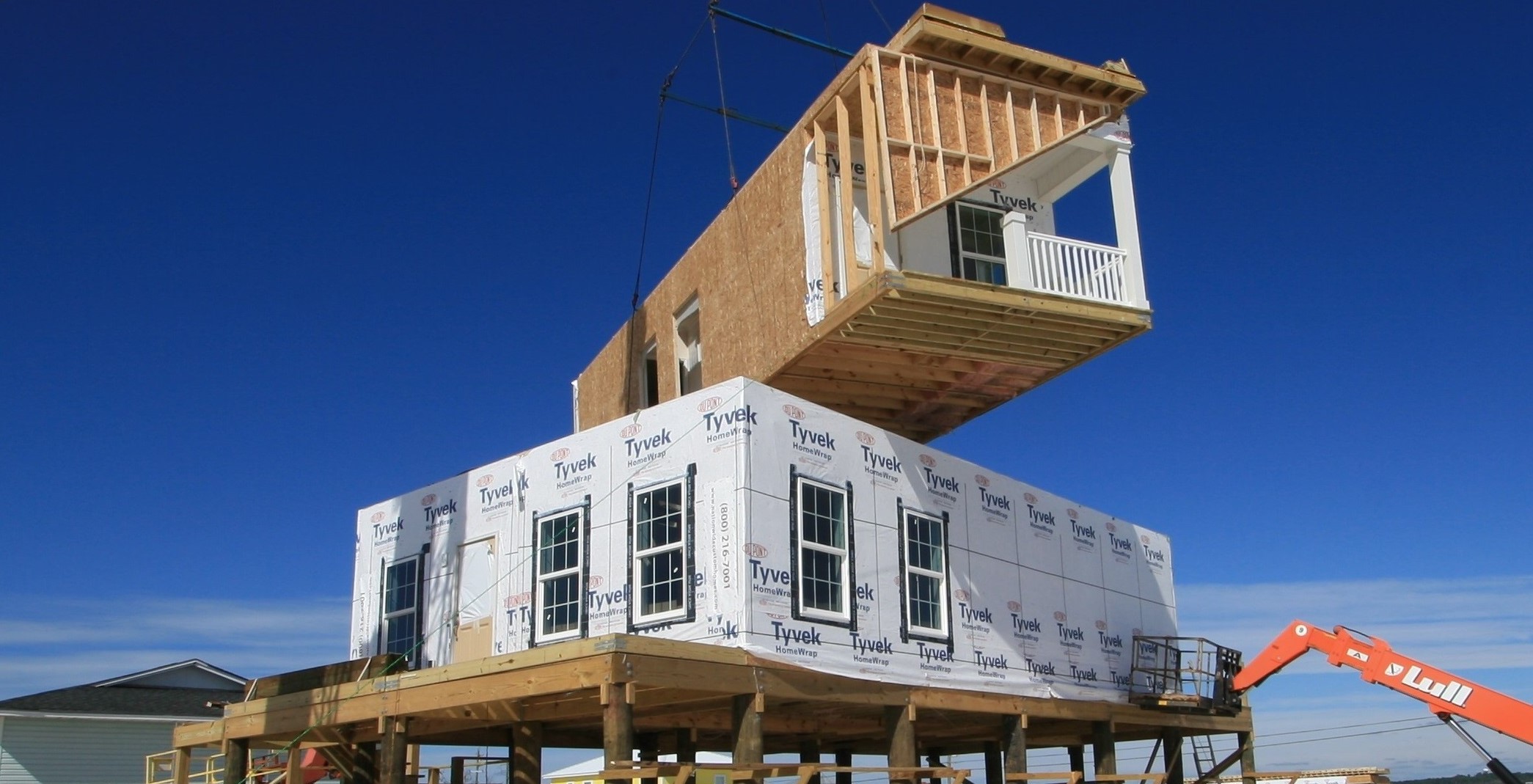
Exploring the Latest Trends in Modular Construction
- Category: Economy
- Date: 03-04-2023
Modular construction is a growing trend in the construction industry, offering a faster, more cost-effective, and more sustainable way of building structures. Modular construction involves the use of prefabricated building components that are manufactured off-site and then transported to the construction site for assembly. In this article, we will explore the latest trends in modular construction.
1. Advanced Manufacturing Techniques
Advanced manufacturing techniques, such as robotics and automation, are being used to increase efficiency and reduce costs in modular construction. These techniques enable faster and more precise fabrication of modular components, resulting in higher quality and greater consistency.
2. Off-Site Construction
Off-site construction is a key trend in modular construction. This involves the manufacturing of modular components in a controlled factory environment, where quality control can be closely monitored. Off-site construction reduces construction time, minimizes waste, and improves safety by reducing the number of workers required on-site.
4. Customization and Flexibility
Modular construction allows for greater customization and flexibility in building design. Modular components can be designed to meet specific project requirements, and modular construction enables the quick and easy reconfiguration of building components. This allows for greater design flexibility and can accommodate changing building needs over time.
5. Sustainability
Sustainability is a key trend in modular construction. Modular construction components are often manufactured using sustainable materials and can be designed to maximize energy efficiency. The controlled factory environment also enables greater waste reduction and recycling, minimizing the environmental impact of the construction process.
6. Integration with Technology
Modular construction is increasingly integrated with technology, such as Building Information Modeling (BIM) and the Internet of Things (IoT). BIM enables the visualization and simulation of modular building components, enabling greater accuracy and efficiency in the design process. The IoT allows for the monitoring and control of building components, enabling greater energy efficiency and maintenance management.
7. Modular High-Rise Buildings
Modular construction is no longer limited to low-rise buildings. The use of advanced manufacturing techniques and off-site construction has enabled the construction of modular high-rise buildings. Modular construction can reduce construction time and costs, making high-rise buildings more accessible and affordable.
Conclusion
Modular construction is a growing trend in the construction industry, offering a faster, more cost-effective, and sustainable way of building structures. Advanced manufacturing techniques, off-site construction, customization and flexibility, sustainability, integration with technology, and modular high-rise buildings are some of the latest trends in modular construction. By leveraging these trends, construction professionals can deliver high-quality, sustainable, and cost-effective building projects.
Understanding the Importance of Safety Protocols on Construction Sites
Construction sites can be hazardous environments, with numerous risks and dangers that can cause accidents and injuries. As a result, safety protocols are essential for ensuring that construction sites are safe for workers and the public. In this article, we will explore the importance of safety protocols on construction sites.
1. Protecting Workers
Safety protocols are essential for protecting workers on construction sites. Workers face a range of hazards on construction sites, including falls, electrocution, and exposure to hazardous materials. Safety protocols such as personal protective equipment, safety training, and hazard identification and control can help to protect workers from these hazards.
2. Reducing the Risk of Accidents and Injuries
Safety protocols are also essential for reducing the risk of accidents and injuries on construction sites. Accidents and injuries can result in lost time, increased costs, and legal liabilities. Safety protocols such as hazard identification and control, safety training, and safety inspections can help to reduce the risk of accidents and injuries.
3. Ensuring Compliance with Regulations
Construction sites are subject to various regulations and safety standards, such as OSHA regulations and building codes. Safety protocols are essential for ensuring compliance with these regulations and standards. Failure to comply with regulations can result in fines, legal liabilities, and project delays.
4. Enhancing Productivity and Efficiency
Safety protocols can also enhance productivity and efficiency on construction sites. When workers feel safe and secure, they are more productive and efficient. Safety protocols can help to create a positive work environment, improving morale and reducing turnover.
5. Protecting the Public
Construction sites can also pose risks to the public, such as falling debris or unauthorized access to the site. Safety protocols such as safety barriers, warning signs, and public access control can help to protect the public from these risks.
6. Maintaining a Reputation
Safety protocols are also essential for maintaining a construction company's reputation. A history of accidents and injuries can damage a company's reputation, resulting in lost business and legal liabilities. By prioritizing safety and implementing safety protocols, construction companies can maintain a positive reputation and attract new business.
Conclusion
Safety protocols are essential for ensuring that construction sites are safe for workers and the public. By protecting workers, reducing the risk of accidents and injuries, ensuring compliance with regulations, enhancing productivity and efficiency, protecting the public, and maintaining reputation, safety protocols are critical for the success of construction projects. By prioritizing safety and implementing safety protocols, construction companies can create a positive work environment, reduce costs, and avoid legal liabilities.
